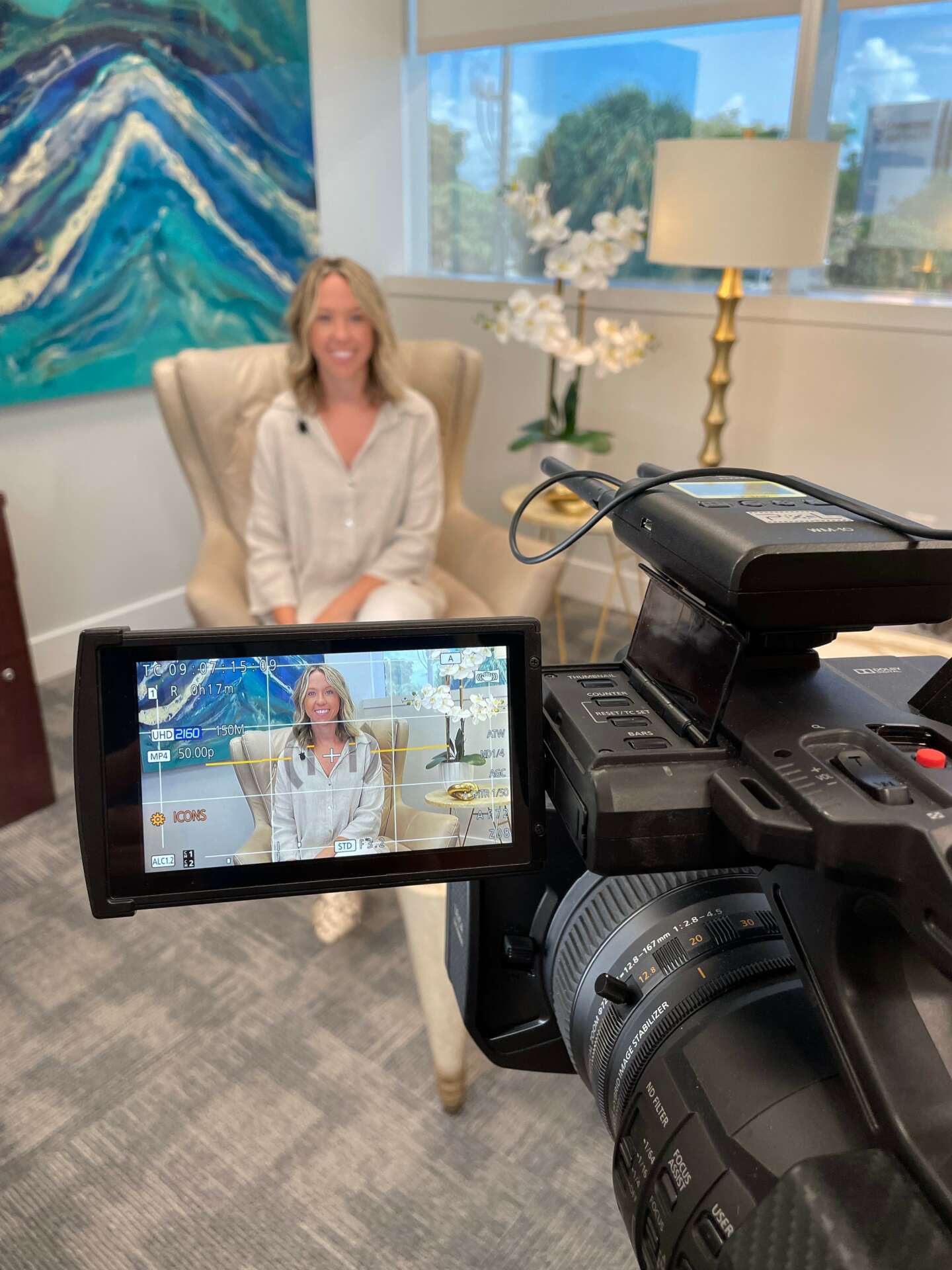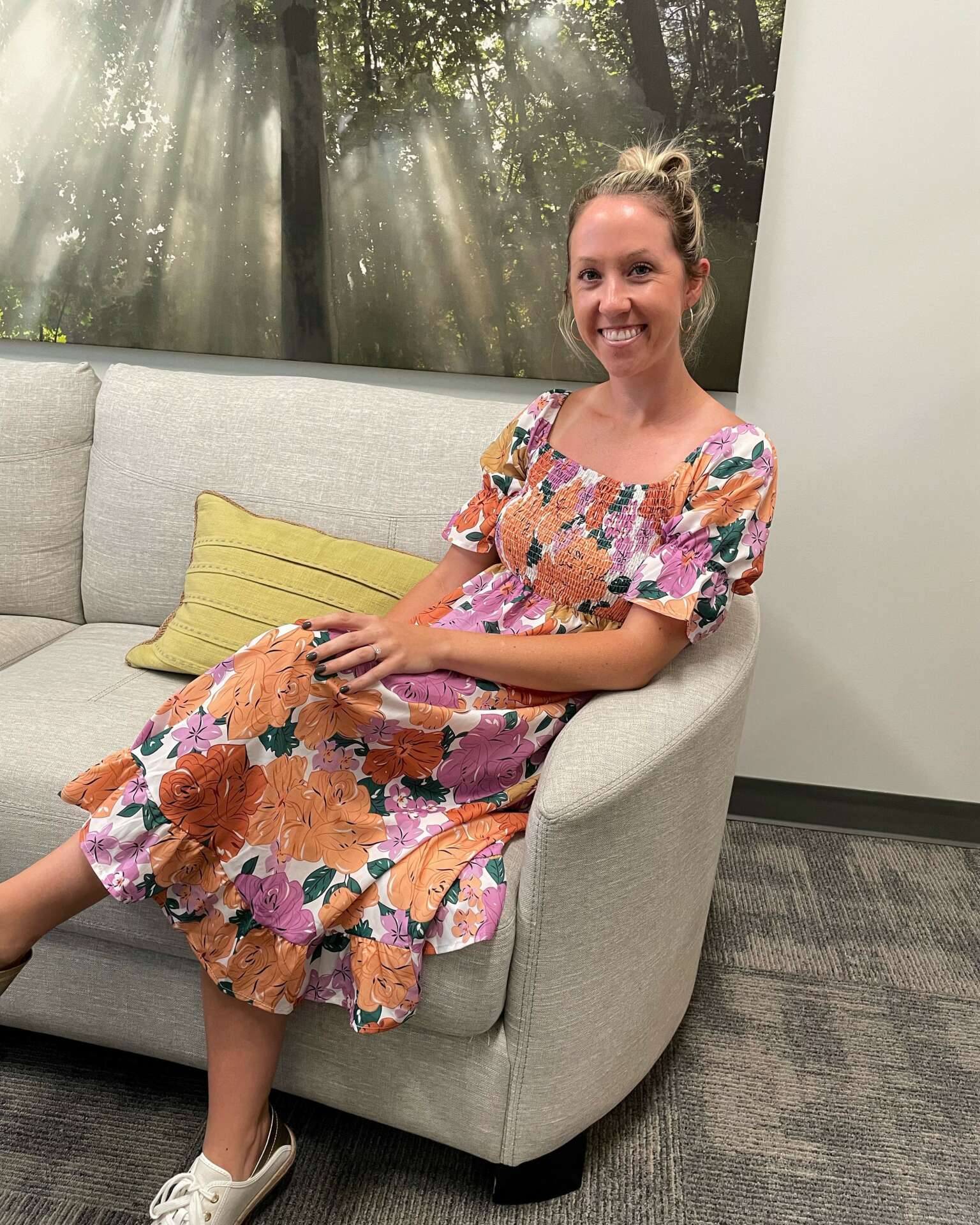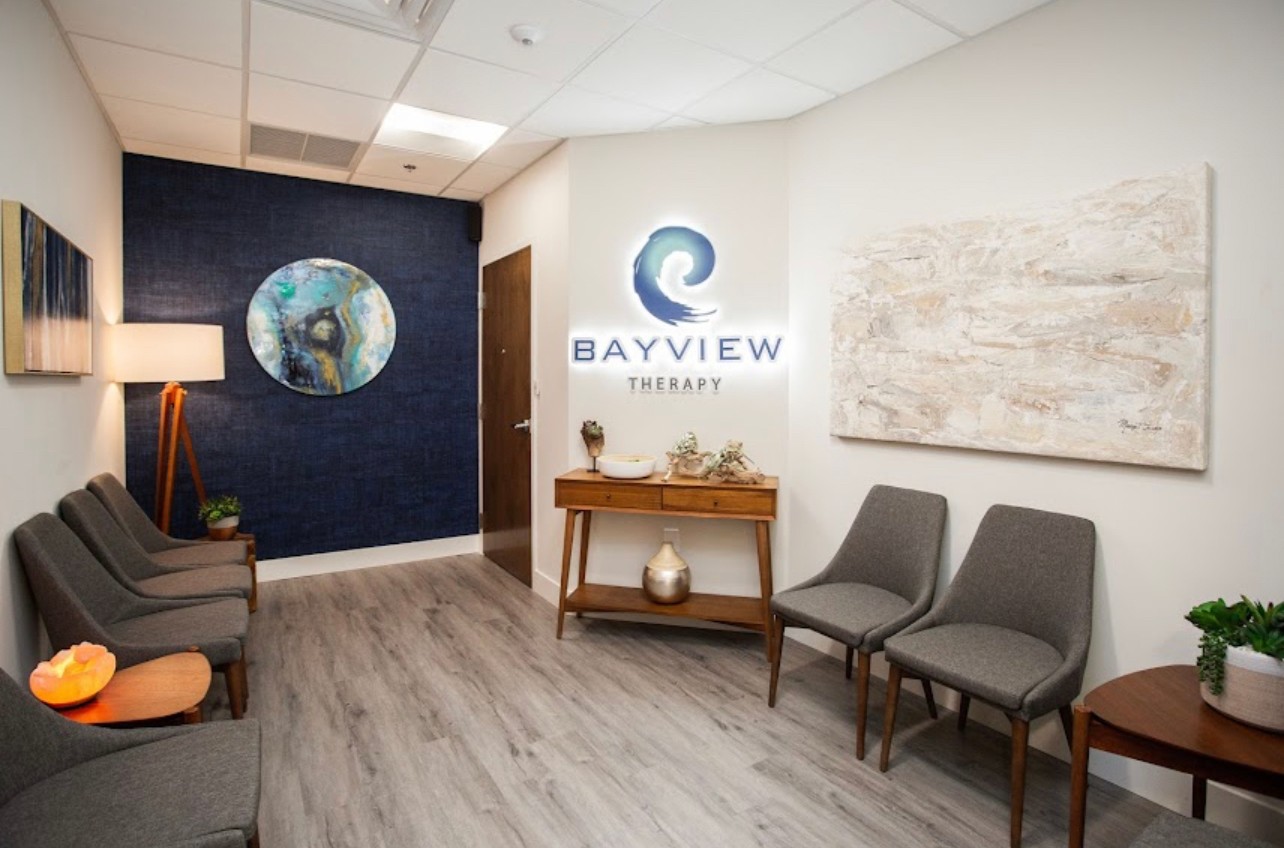We’re excited to introduce you to the always interesting and insightful Heather Keenan. We hope you’ll enjoy our conversation with Heather below.
Heather, appreciate you joining us today. We’d love to hear about how you went about setting up your own practice and if you have any advice for professionals who might be considering starting their own?
In March of 2020, I decided to quit my full-time job working at an addiction treatment center. I had been working there for about 3 years and I had been getting an itch that my time there was coming to an end and there was something bigger for me out there. I had always known that I wanted to open up my own private practice so I could start to have more autonomy with my ideal clients and my scheduling. When I quit my job, I didn’t have much lined up for me except the idea of it being time to start my private practice. I began reaching out to local group practices, expressing my interest in starting private practice and inquiring if they were looking to add to their team. During that time, my desire in accomplishing this dream was bigger than my fear of uncertainty. One of the practices I reached out to, Bayview Therapy, happened to be searching for a therapist to bring on board. After speaking with them, we both decided it was a good fit and I have been there since.
I feel like the biggest challenge in setting up my own practice was having faith and confidence that it was going to work out. There is a lot of unknown and uncertainty in the process. However, I had to trust that I had the capabilities and knowledge to succeed at it. Being open-minded and coachable was one of the most important aspects of being where I am now. Just starting out, I was open to all the feedback I could get from other therapists who had an established practice. I wasn’t afraid to ask for help or to reach out for support when I needed it. If I could go back and talk to myself in March of 2020, I would tell myself that this will all be worth it. I would normalize the ebbs and flows of having your own practice and to learn how to ride the waves of it.
My advice for any young professional considering starting their practice is to DO IT! Don’t let the fear of the what-ifs stop you from going after it. Understand that the greatest things most always require time and effort. If you work hard, be consistent, and use the support around you – you will succeed.



Heather, love having you share your insights with us. Before we ask you more questions, maybe you can take a moment to introduce yourself to our readers who might have missed our earlier conversations?
I am a Licensed Clinical Social Worker who has been practicing since 2017. I have my own private practice in Fort Lauderdale where I see adult clients who are struggling with trauma, anxiety, depression, substance use issues, and life transitions and stressors. I do both traditional talk therapy and EMDR therapy, which is a trauma therapy technique. I am also a Certified First Responder Counselor and work with First Responders.
When I was in school at Florida State University, I decided to change my major my first semester of junior year. To be honest, I was completely lost as to what major I wanted to switch to, however I just knew I wanted to work with people. I often joke that social work fell into my lap. I was intrigued in the many ways I could use my major to help people. After getting my bachelors in social work, I came back down to my hometown and got my masters at Florida Atlantic University.
In 2017, I began working at a substance use treatment center doing individual sessions, group therapy, and eventually EMDR therapy. I feel this was a pivotal moment in my career as I strengthened my clinical skills and learned a significant amount. The transition from going to school and learning about therapeutic techniques to then actually interacting with people is extremely overwhelming. There is only so much you can learn from a book because everyone is so individualized in their needs. My experience working in treatment allowed me to learn how to meet my clients where they are at and tailor my approach depending on that.
I like to say I am a human first, therapist second. I strive to always make my clients feel safe, welcome, and seen in my office. As a trauma therapist, most of my clients have not been able to establish a sense of safety and trust. Therefore, that is the most important thing I can provide for my client – a place of acceptance and security. Through working together, my clients learn how to establish a sense of safety within themselves, even when their nervous system is saying otherwise. They learn how to foster a relationship with themselves that is surrounded by self-compassion and understanding. My clients are empowered to set boundaries in their personal relationships and to learn how to begin prioritizing their wants and needs. My office is filled with acceptance, non-judgment, understanding, and of course, a joke and some laughter here and there.


Other than training/knowledge, what do you think is most helpful for succeeding in your field?
One of the most important aspects that I feel has been most helpful in succeeding in my field is to just be a human. Sometimes we can get so caught up in what approach we are using, what technique we can share with a client, that we forget to just be present with them. Before any technique can be shared, I feel like we first have to empathize and validate our client’s feelings and experiences. It’s not always about the concrete solution, rather the solution could be to just feel heard and validated. Being a trauma therapist, a lot of my clients have either been shut down or ignored when expressing their needs or emotions. A lot of healing can be done when we model what it is like to express your emotions and have someone hold them with you. I often tell my clients that before coming to therapy, you are one person holding all these heavy emotions and experiences. When you share them with me, there are now two people holding that weight.
What’s a lesson you had to unlearn and what’s the backstory?
One of the biggest lessons I had to unlearn was to always do more. At my prior job, the environment was that there was always something to be done. Because of the fast paced environment, you are always pivoting and adjusting depending on the various needs that pop up. By the end of my three years there, I felt burnt out and like I hadn’t been filling my own cup. After transitioning to private practice, the environment is the complete opposite. Since this is considered outpatient, there are stronger boundaries in client work. At my previous job, I was technically always on call for any client issue. The biggest transition was to learn that it is okay to fill your own cup and to establish boundaries that allow you to do so. I’ve learned that I am at my top potential for my clients, when I do take care of myself. We preach that so often to our clients, it’s imperative that we are practicing it and modeling it to them, too.
Contact Info:
- Website: www.awakeninghopellc.com
- Instagram: @awakening_hope
- Other: https://goo.gl/maps/j9xeApkDro4Q5NyV7


